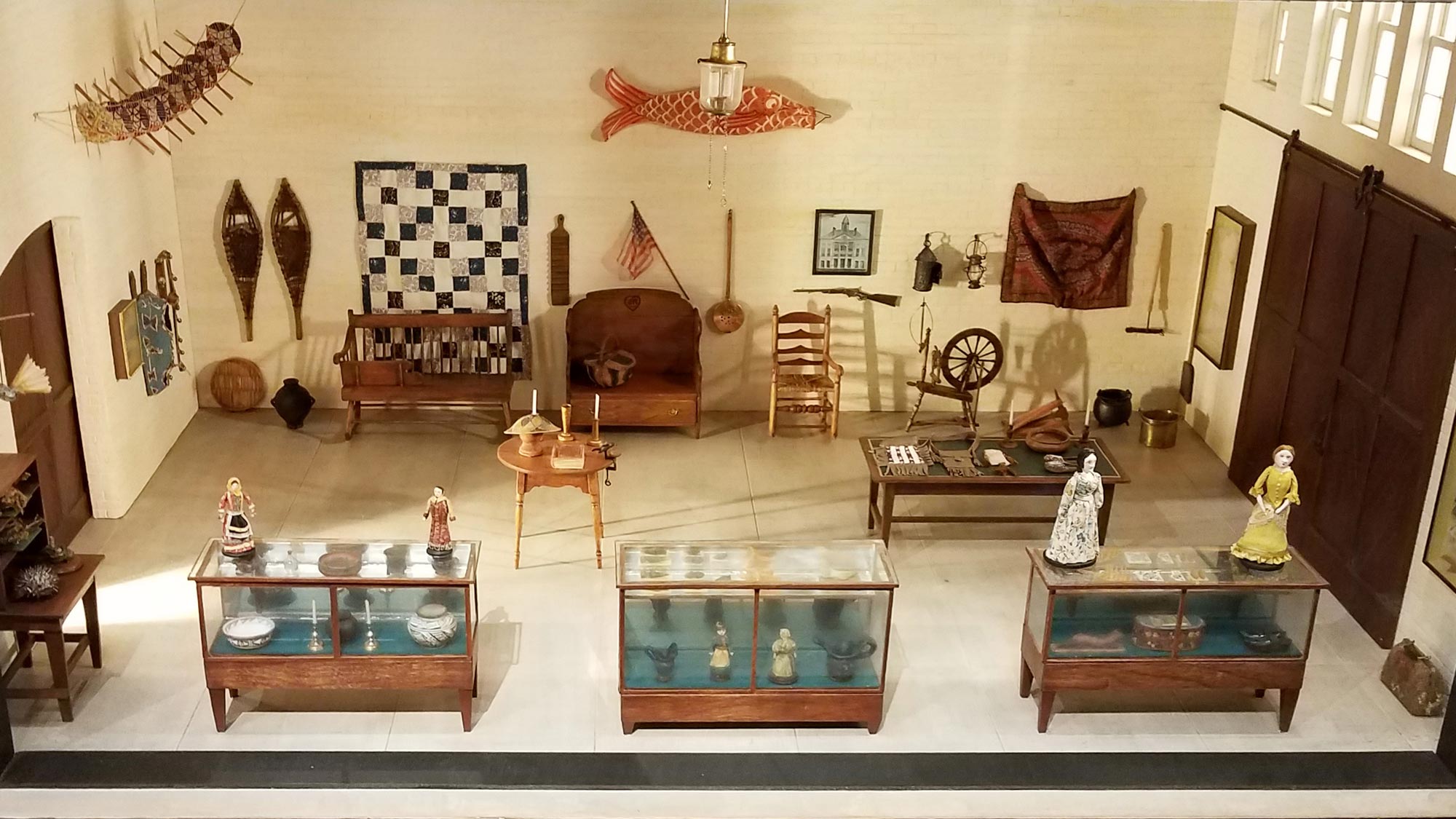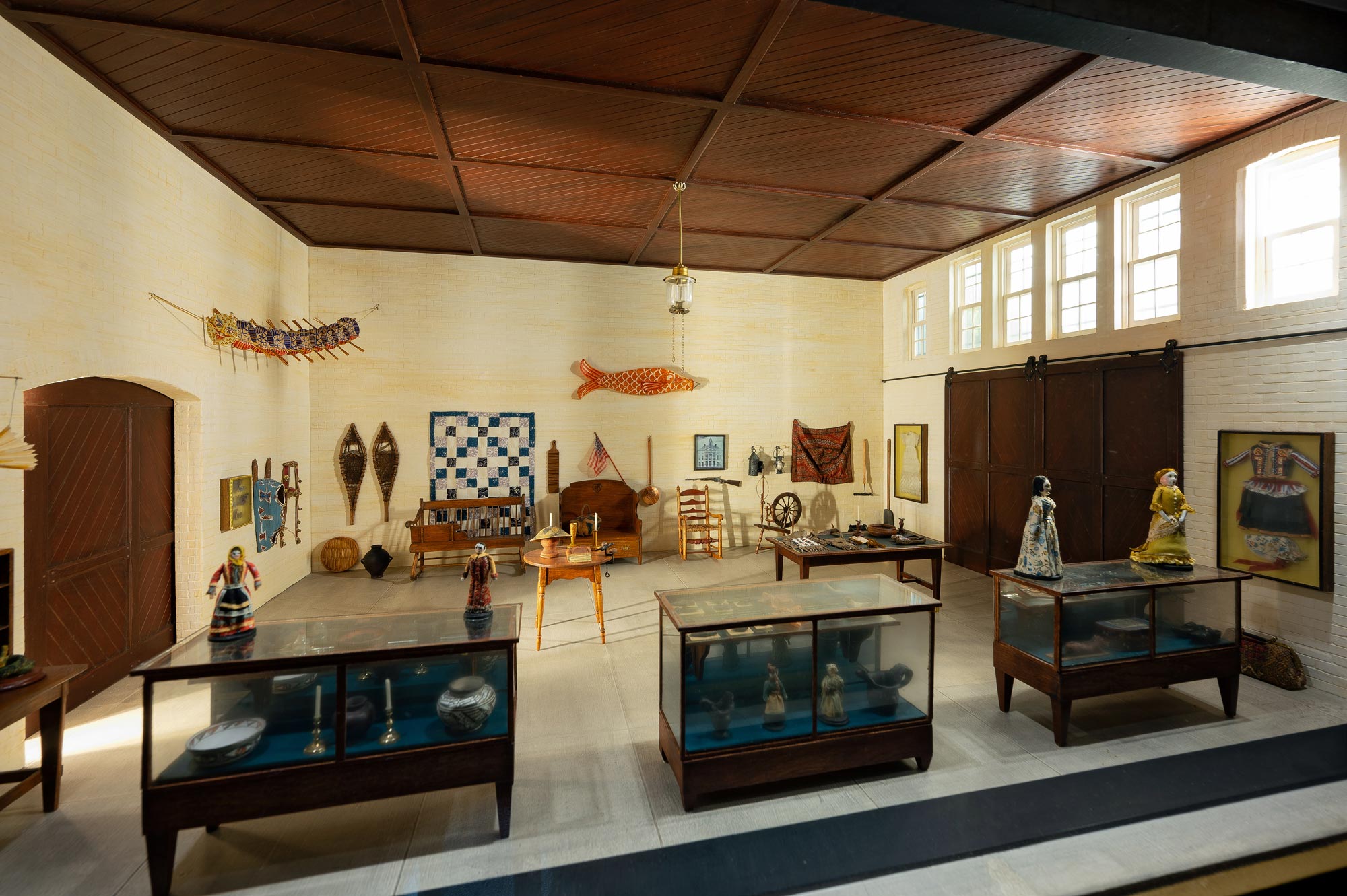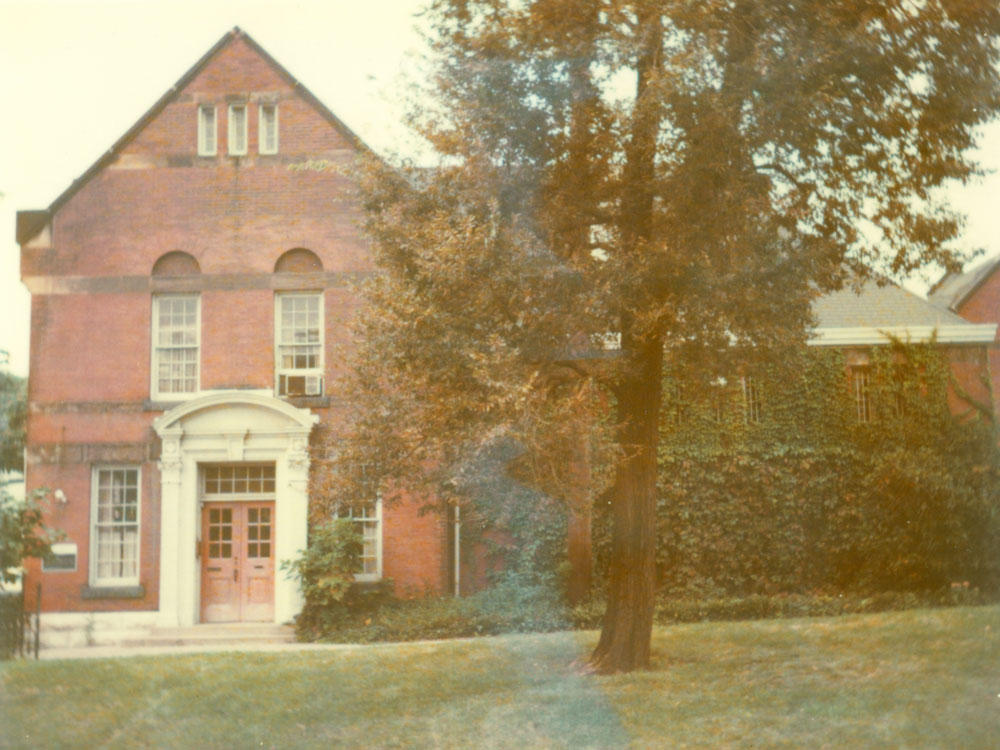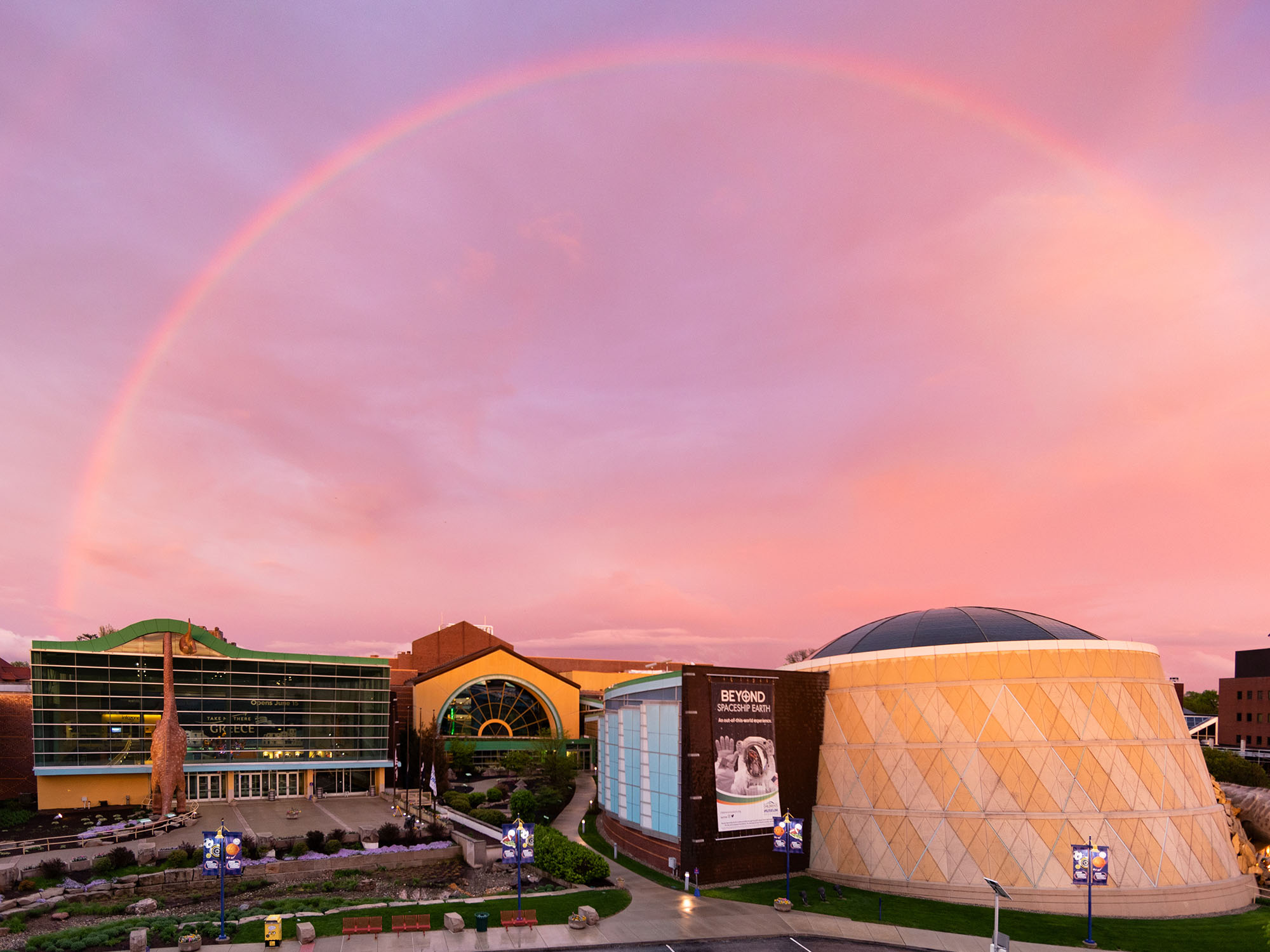The Propylaeum Carriage House and the Birth of a Children's Museum
The Propylaeum Carriage House and the Birth of a Children's Museum

In October 1924, Mary Stewart Carey visited the first children’s museum in the United States—the Brooklyn Children’s Museum in Brooklyn, New York. She was so inspired by the museum’s cases of artifacts, its 9,000-volume reference library, and its rooms dedicated to reptiles, birds, insects, and botany that she decided Indianapolis needed a similar gift for its children.
When she got home, she got to work.
In April 1925—Just a few months after her memorable visit—Mrs. Carey convened a meeting of like-minded people gathered at her home. This led to the formation of The Children’s Museum Association of Indianapolis, which led to the creation of a constitution, a set of bylaws, and a board of trustees.

Archive photo of Mary Stewart Carey.
After some discussion, it was agreed that the material in this new children’s museum should not be limited in scope, should be informational and of interest to children, and that a child’s viewpoint should always be considered in selecting equipment and installation.
Arising from the progressive education movement of the early 20th century, the museum’s operating premise was straightforward—to develop exhibits that were educationally sound, intellectually enlightening, and creatively engaging for children. It was to be a children’s museum in more than name alone.
Humble beginnings
Unlike the Brooklyn Children’s Museum, which had purchased a large group of natural history objects as the foundation of its collection, our brand-new association had neither the money nor the access to collectors. Instead, Mrs. Carey and other board members appealed to the community for donations. From schoolchildren to serious collectors, the public responded with an array of objects ranging from arrowheads and Japanese clothing to early American furniture and dolls. As our December 1925 opening day approached, the museum had more than 600 objects to display.

Miniature depicting what the museum may have looked like in 1925. This display is part of our Mini Masterpieces exhibit on Level 4.
The Propylaeum provided a place to call home
Not only did the new museum need a collection to exhibit, it needed a place to exhibit it. Fortunately the Propylaeum, a literary and cultural club for women, had one—a carriage house behind the group’s main building at 1410 N. Delaware Street.
Founded in 1888 as a literary and social club for women, the Propylaeum (which means “gateway to higher culture”) bought an elegant brick house at 1410 N. Delaware Street to serve as its headquarters in 1923. Originally built in 1890 by brewer John W. Schmidt, it later housed the family of Joseph Schaf and, briefly, the Indiana College of Music and Fine Arts. But the Propylaeum became its longest-lasting resident; it continues to own the facility today.

Photo of the Propylaeum's carriage house from our archives.
Along with the three-story house, the site featured a two-story carriage house located at the rear of the property. Initially home to the Little Theater Society, the carriage house was empty after the Society moved to new quarters, prompting the Propylaeum to offer it to the newly formed Children’s Museum Association. The Association began paying rent—$35 a month, increasing to $40 when heat was needed—in July 1925.
Though the museum never formally operated in the carriage house, it allowed neighborhood children to stop by and look at its odd and growing collection, which was formed from donations by area residents. The carriage house was also the first place to display the museum’s first logo—a seahorse created by board trustee Kurt Vonnegut Sr.

It was easily big enough for the fledgling museum.
A lasting legacy
We’ve come a long way since those early days at the Propylaeum’s carriage house. More than a million people a year walk through our Entry Gates for a magical day in our five floors of indoor fun and 7.5 acre outdoor sports wonderland. We’ve gone from just a handful of objects in our collection to more than 130,000 artifacts and specimens.

From our carriage house humble beginning to the world’s largest children’s museum, we have continued to strive to be what Mary Stewart Carey envisioned—a gift for the children of Indianapolis (and the world).
Help us write our next chapter
Your support is crucial in helping us preserve our collections and create new, exciting exhibits. Every donation, big or small, makes a difference and builds on our 100 year legacy. Help us continue to ignite joy, wonder, and curiosity in our next 100 years (and beyond)!









